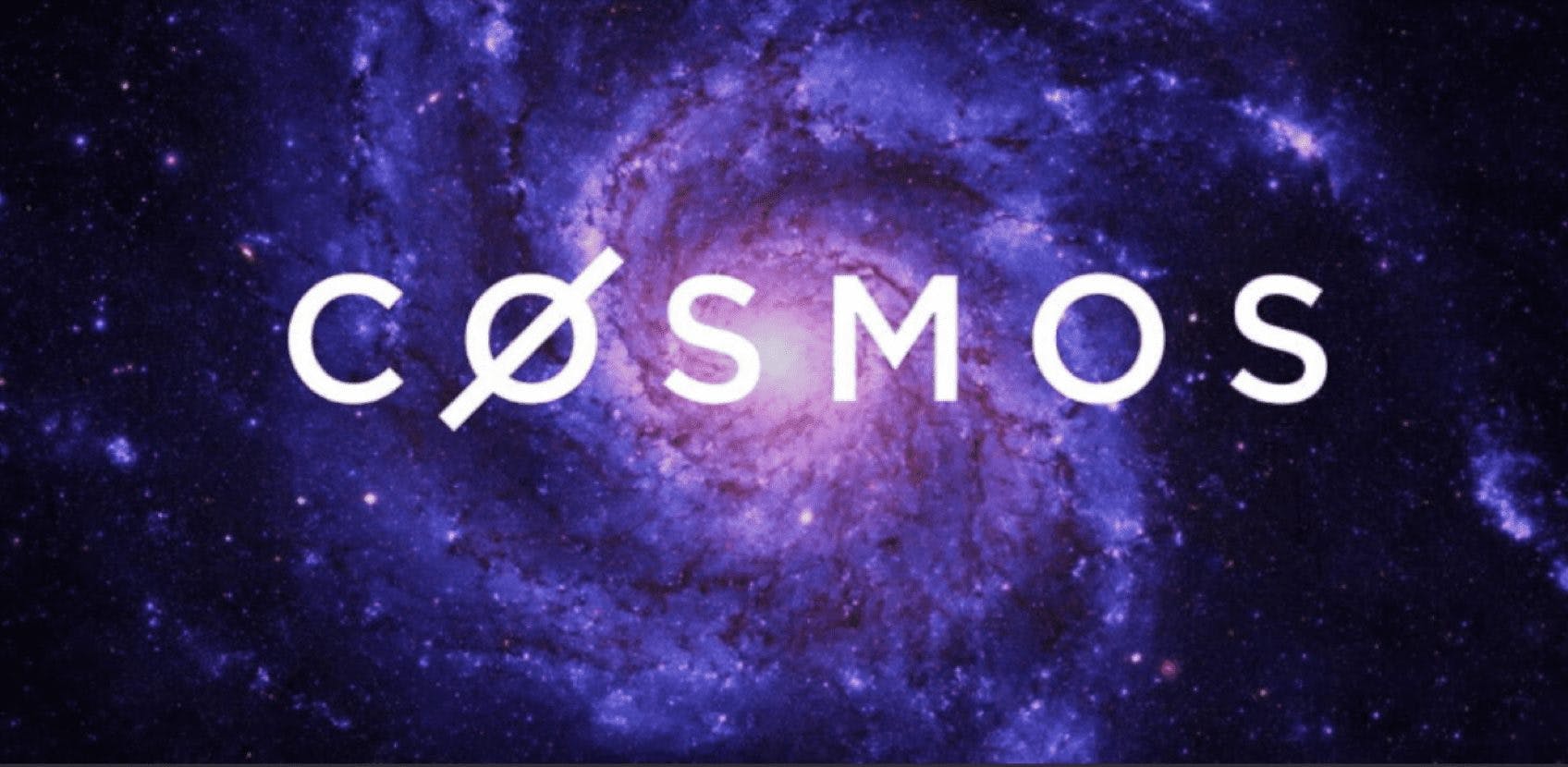Cosmos: Why We Need Interoperability in Blockchain
The promise of blockchain interoperability may alleviate many issues and allow different chains to communicate and collaborate rather than competing with each other.

- With so many competing blockchains, each with their own protocols, important projects remain isolated, unable to communicate with their peers
- Enabling many different blockchains to communicate and interact with each other is no easy task
In 2021, some say crypto has entered a new era. The bull market is on, adoption is rising, and large institutions and corporations are entering the space. At the same time, however, there remains much progress to be made in some areas. Interoperability in blockchain might be one of those areas.
With so many competing blockchains, each with their own protocols, important projects remain isolated, unable to communicate with their peers. Or there may be tendencies toward centralization as a result of many services being built on a single blockchain. This can also increase difficulties regarding scalability when one network sees a steady, prolonged increase in users.
However, the promise of blockchain interoperability may alleviate many of these issues and allow different chains to communicate and collaborate rather than competing with each other.
Speaking the same language
Blockchain interoperability refers to “the ability of different protocols to speak the same language,” said a spokesman from The Cosmos Network, a secure and scalable blockchain ecosystem where thousands of decentralized applications interoperate to create the foundation for a new token economy.
With so many blockchain projects being built, and new ones constantly emerging, there needs to be a way for them to interact. Each blockchain has its own ecosystem, community, consensus mechanism, hashing algorithm, and so on. Some say this has led to an undermining of decentralization while also stifling innovation.
A blockchain has no way of knowing what’s going on in another blockchain, and there’s no way for data to be exchanged between them. Even though they function using the same technology, and exist in the same industry, the chains remain isolated.
“A lot of innovation is siloed,” he said, so the blockchain ecosystem as a whole might not be reaching its full potential. However, interoperability in blockchain provides a solution, allowing data to be exchanged between blockchains.
Envisioning a multi-chain future
The possibilities of a multi-chain future are nearly endless. This makes imagining what a multi-chain future might look like difficult to say the least. In essence, it could be a world where everything that blockchain can improve works together.
For example, global supply chains could have their inventories verified and tracked along every step of the chain. Manufacturers, quality assurance testers, distributors, and retailers could all have their own networks synced into a single hub, providing for seamless integration of all related data.
Healthcare records could be stored securely and easily, with each hospital network having its own blockchain. Interoperability in blockchain would allow for easy access to records and other healthcare data when patients are transferred between facilities and providers.
Decentralized exchanges could communicate through the same hub, providing traders with ample arbitrage opportunities and additional liquidity. These are just a few potential examples.
Empowering interoperability
Enabling many different blockchains to communicate and interact with each other is no easy task. That’s where the Cosmos Hub, a.k.a. ATOM, comes in.
ATOM acts as a kind of “major port city” in the blockchain ecosystem. Instead of leaving blockchain interoperability to each network itself, blockchains can build bridges to ATOM, allowing seamless integration of their data and liquidity.
Of course, there is the issue of trust when it comes to coins signing valid transactions for different blockchains through a single hub. And a single hub potentially provides a single point of failure. ATOM validators shine there, too, according to Cosmos. “Cosmos had a purely decentralized launch and origin,” noted their spokesman.
With ATOM’s recent Stargate upgrade, Cosmos blockchains can now “connect with each other using the first standardized protocol for inter-blockchain communication (IBC).”
This was the “biggest part of the upgrade by far,” according to the Cosmos spokesman, because the performance improvements stem from a new data serialization method, which is how data gets organized on a blockchain.
Stargate has led to efficiency gains up to 100x, 96x faster full node sync and 20x faster upgrades so that now everything in the Cosmos network can connect faster and more efficiently.
Just how big of a step is this upgrade in the development of Cosmos? Peng Zhong, CEO of Tendermint (one of 15 teams on Cosmos), said that “this finishes the white paper we first created in 2016, so it’s a very big step toward making interchain finance available to everyone.”
In addition, Peng gave some insight into how IBC can help blockchains scale by enabling sharding which is the process of breaking up large tables into smaller chunks called shards that are spread across multiple servers.
“As amazing as one blockchain is, it can be democratized if we just break it up into two copies or four copies or what have you…each will have one half, or one fourth, etc, of the transaction costs, and we think these chains could sync together regularly, not every block but perhaps every hour or everyday,” he said.
As for what’s next in the roadmap, Peng noted that further improving the user experience and creating interchain accounts are top priorities.
The takeaway
Blockchain interoperability has the potential to lead to a new renaissance in crypto. The sense of tribalism between communities and continued siloing of innovation could cease as the Cosmos hub facilitates the next phase of the crypto revolution while also making it easier for blockchains to scale.






